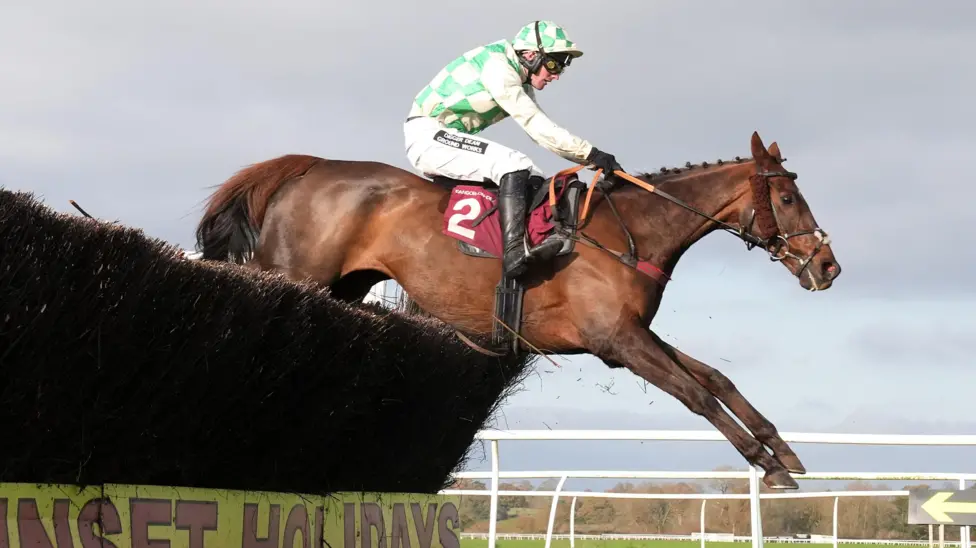
A Dark Cloud Over Aintree as 13-Year-Old Celebre d’Allen Dies After Grand National Collapse
The Grand National is known for its drama, passion, and unpredictability—but sadly, it’s also no stranger to heartbreak. This year’s edition of the world-famous steeplechase at Aintree served up all of that, but with a tragic twist that has left the racing world, fans, and welfare advocates shaken.
Celebre d’Allen, the 13-year-old gelding trained by the respected team of Philip Hobbs and Johnson White, sadly lost his life following a collapse after the final fence in Saturday’s Grand National. Once a fan favourite for his longevity and tenacity, Celebre d’Allen was the oldest of the 34 runners to line up this year—and the only one to tragically not make it home.
His sudden death has once again ignited a flurry of debate surrounding the safety of horses in the Grand National, sparking questions about how old is too old, how far is too far, and what more can—or should—be done to protect the real heroes of this sport: the horses.
What Happened to Celebre d’Allen in the 2025 Grand National?
Celebre d’Allen wasn’t expected to trouble the favourites on Saturday. At odds of 125-1, he was more of a sentimental pick than a serious contender—but anyone who has followed his career knows that the gelding had nothing left to prove.
He ran gamely throughout most of the race but began to fade after the second-last fence. Jockey Micheal Nolan continued to urge him on, but it was clear he had little left to give. After jumping the last, he was pulled up and collapsed shortly after.
Trackside veterinary teams responded quickly. He was treated on course before being walked into the horse ambulance and transported to the racecourse stables for further assessment. Initial signs were hopeful—he showed improvement overnight and was moved to a nearby stud farm connected to his trainers for rest and monitoring.
However, by Tuesday morning, the mood had changed dramatically. Despite every effort to save him, Celebre d’Allen’s condition deteriorated significantly, and he sadly died later that day.
Was Celebre d’Allen Fit to Race in the Grand National?

Grand National horse Celebre D’Allen which collapsed after having ‘no more to give’ dies two days after Aintree race – with jockey banned by officials
This is the question now dominating conversation in racing circles and beyond. According to the British Horseracing Authority (BHA), Celebre d’Allen passed all the required veterinary checks before lining up in the National.
These pre-race examinations are rigorous. They include a trot-up, checking limbs for heat, swelling or pain, and listening for any heart irregularities. Only horses that meet all the medical and fitness standards are permitted to race.
In addition to the physical exam, the BHA’s Grand National Review Panel reviews veterinary history, race record, and suitability to race. While there’s no hard age limit, age is certainly a consideration—especially for a grueling four-and-a-quarter-mile test like the National.
The BHA was quick to confirm that all of these checks were carried out and that Celebre d’Allen was deemed fit to run. But his death has inevitably reignited calls for an even more stringent approach, particularly regarding older horses.
The Jockey’s Role and the Fallout
Micheal Nolan, who partnered Celebre d’Allen for the National, was handed a 10-day suspension by the Aintree stewards after it was ruled that he had “continued in the race when the horse appeared to have no more to give.” Video evidence and veterinary input were reviewed before the decision was made.
It’s a fine line jockeys walk—balancing competitiveness with welfare. Nolan is an experienced rider, and there is no suggestion from the BHA that his actions directly contributed to the horse’s death. In fact, they explicitly stated that linking the two would be “speculation and potentially reckless.”
Nevertheless, the incident has hit Nolan hard. He’s received waves of online abuse since the news of the horse’s death broke and has since deleted his social media accounts. It’s a reminder of how intense the spotlight can be—not just for athletes, but for those involved in emotionally charged moments like these.
Another Whip Ban: Mullins Sanctioned Too
It wasn’t just Nolan facing sanctions. Patrick Mullins, who rode eventual winner Nick Rockett, was also hit with an eight-day whip ban for exceeding the permitted limit.
The 35-year-old amateur used his whip eight times after the final fence—one over the jump racing limit of seven. His suspension will take effect across multiple days later this month.
Though it’s a completely separate issue, Mullins’ punishment adds another layer to the conversation about riding practices and how jockey behaviour plays into broader concerns over safety and animal welfare.
A Pattern or a Rare Tragedy?
Celebre d’Allen’s death was the second fatality of this year’s Aintree Festival. The first came earlier in the week when Willy De Houelle suffered a fatal injury in the Juvenile Hurdle on Thursday.
However, it’s worth noting that prior to Saturday, there had been no fatalities in the previous nine races run over the Grand National course since last year’s event.
Following criticism in 2023—where one horse also died—the number of runners was reduced from 40 to 34 this year in a bid to make the race safer. In that respect, things were trending in the right direction.
According to the BHA, sudden death incidents like what happened to Celebre d’Allen are incredibly rare—occurring in just 0.04% of runners. But even if the odds are low, one loss is always one too many in the eyes of animal lovers and racing fans alike.
Reactions: Grief, Outrage, and a Call for Change
The aftermath of Celebre d’Allen’s death has brought an outpouring of emotion from across the sporting and welfare spectrum.
His trainers, Philip Hobbs and Johnson White, released a heartfelt statement:
“He received the very best treatment by the veterinary teams and was improving. However, he deteriorated significantly last night and could not be saved. He was a wonderful horse and we will all miss him greatly.”
World Horse Welfare chief executive Roly Owers echoed that sentiment, saying:
“Every effort must be made to learn lessons from this very sad outcome.”
However, not all the responses were so measured. Animal rights organisations have used the incident to reignite criticism of racing as a whole.
Ben Newman, spokesperson for Animal Rising, said:
“The blame for his death lies not with any individual, but with the ‘sport’ of horse racing itself.”
And Nina Copleston-Hawkens of Animal Aid didn’t hold back:
“To allow a horse of this age to be ridden to death in the most gruelling race in the country is disgraceful—the blame lies squarely with the British Horseracing Authority.”
Where Do We Go From Here?
The BHA has confirmed it will conduct a full investigation into the race and Celebre d’Allen’s death, including a post-mortem. Whether this leads to further changes in entry requirements, race regulations, or age restrictions remains to be seen.
But what’s clear is this: moments like these cast long shadows over racing’s biggest days. While improvements have been made in safety, and the sport does work hard to protect its equine athletes, the conversation around risk, responsibility, and reform is far from over.
Celebre d’Allen wasn’t just a runner—he was a veteran, a fighter, and a much-loved part of his yard. His loss is a sobering reminder that the line between triumph and tragedy in horse racing is thinner than most would like to admit.
And now, more than ever, the question lingers: how can the Grand National—still one of the sport’s most iconic races—continue to evolve in a way that honours the legacy of horses like Celebre d’Allen while truly prioritising their safety?

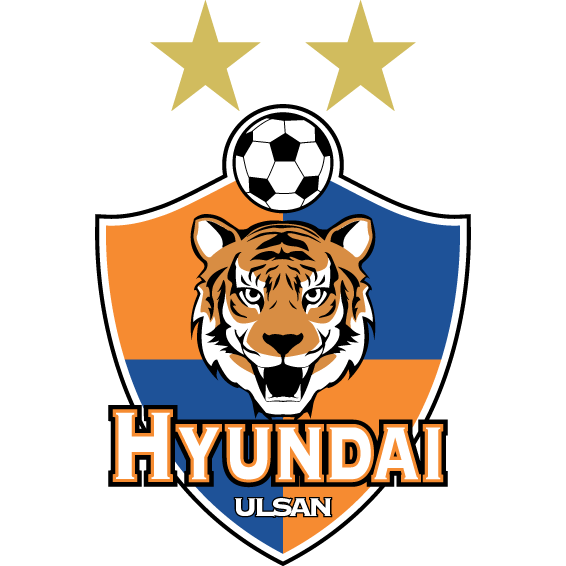
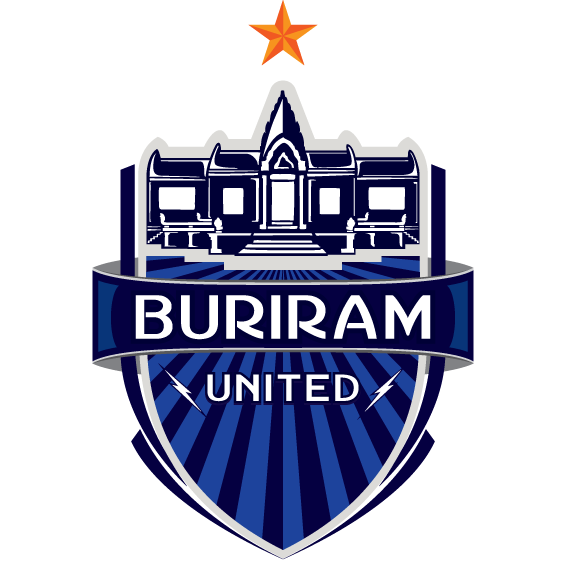
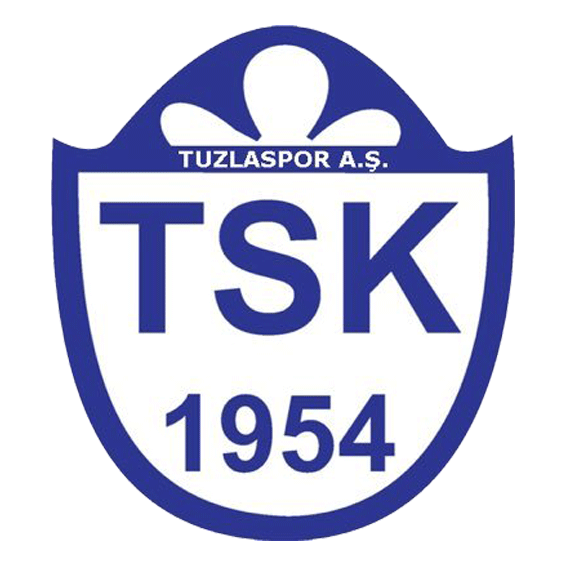
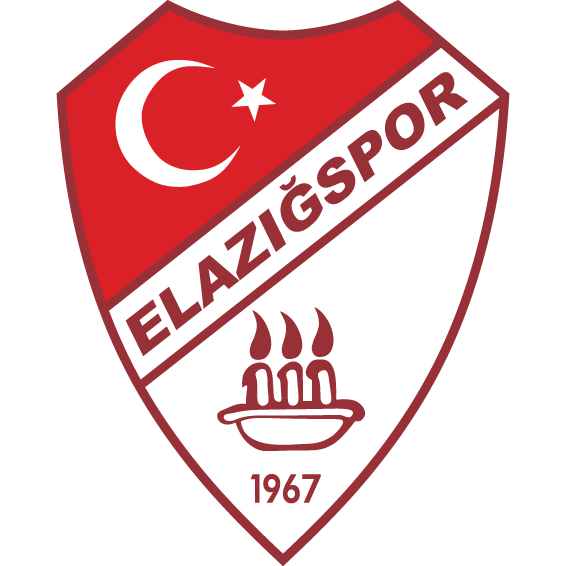
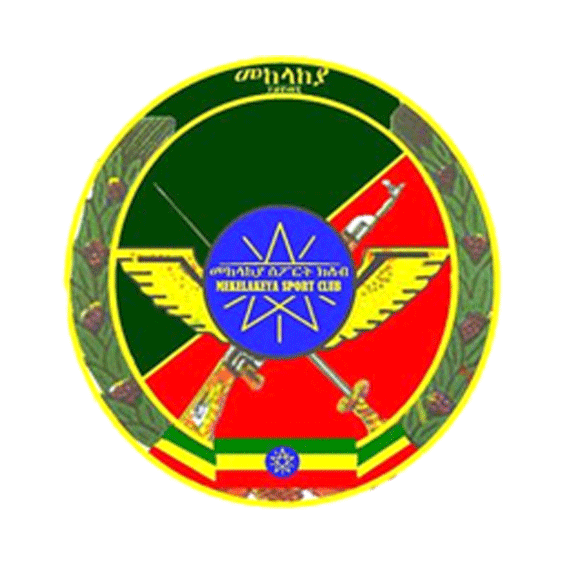
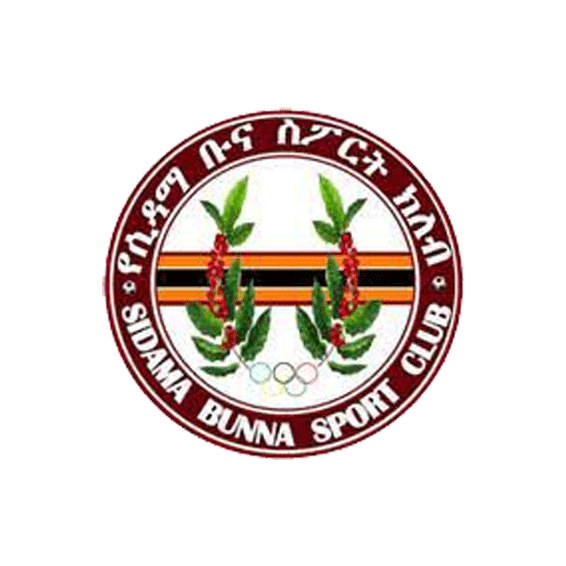
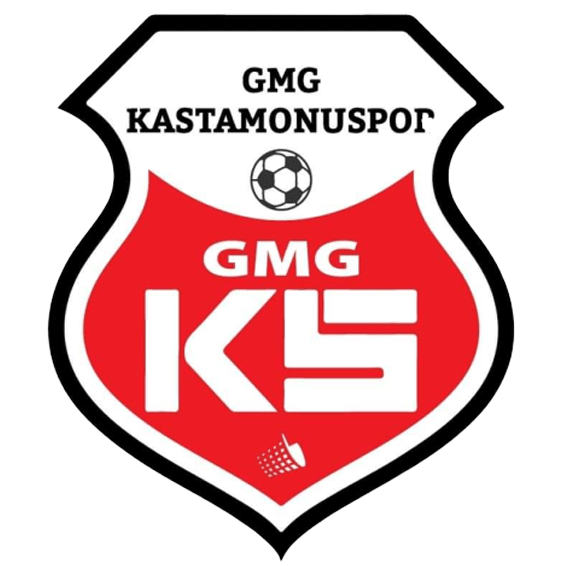
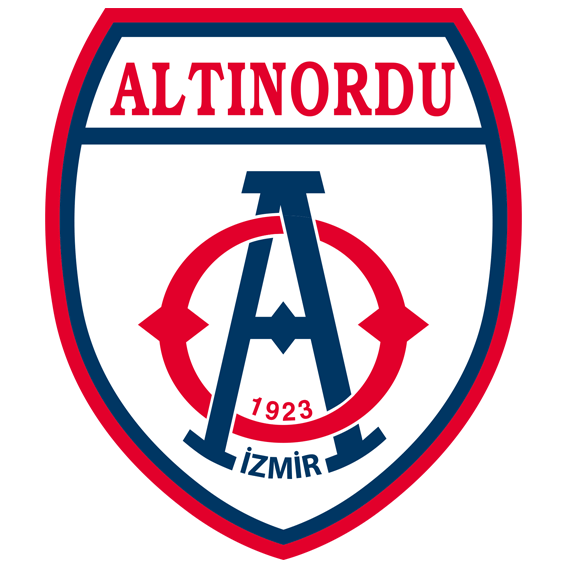
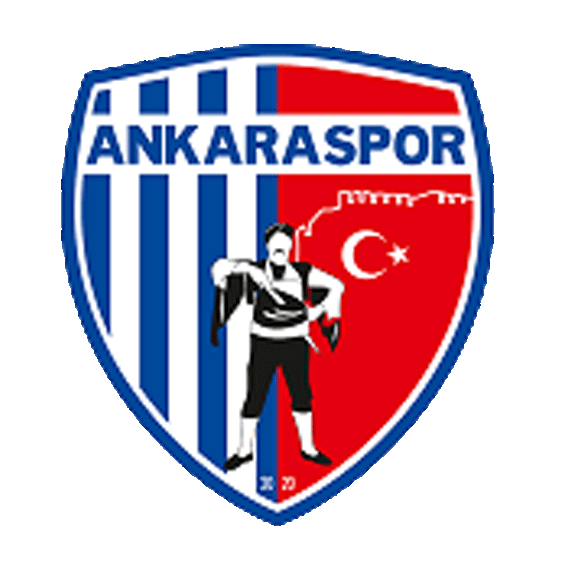
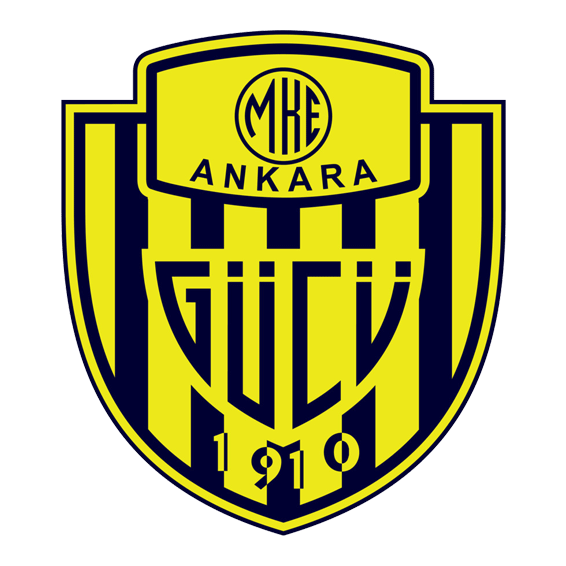
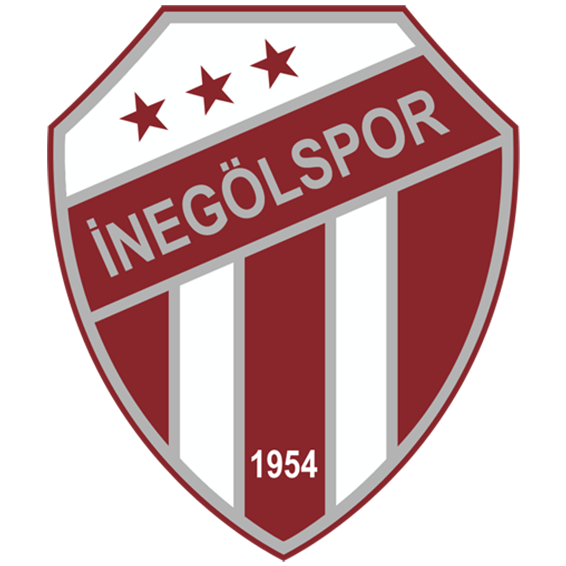
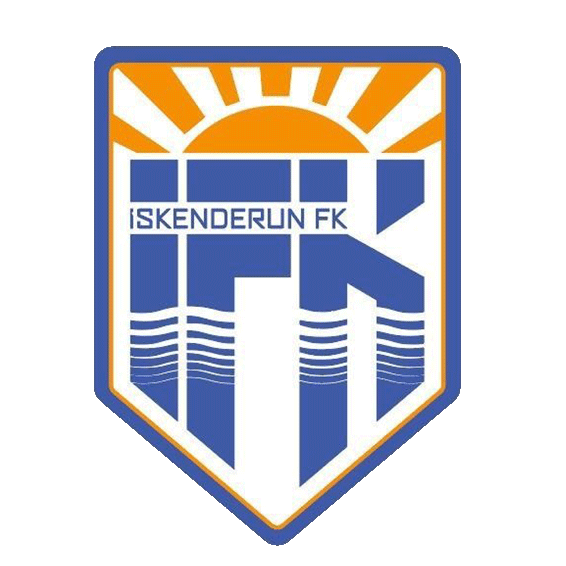
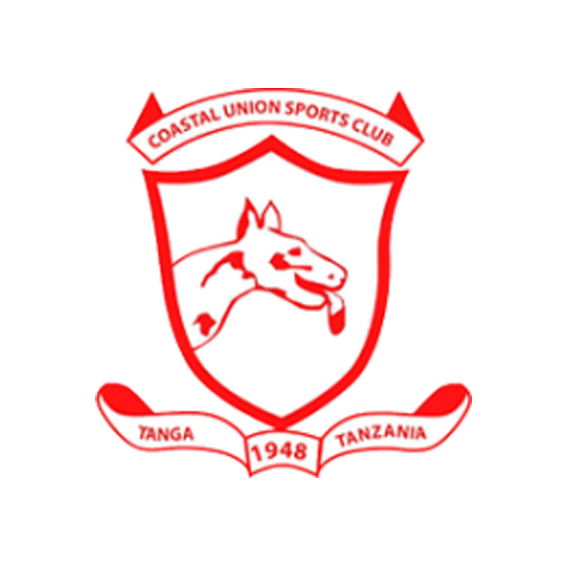
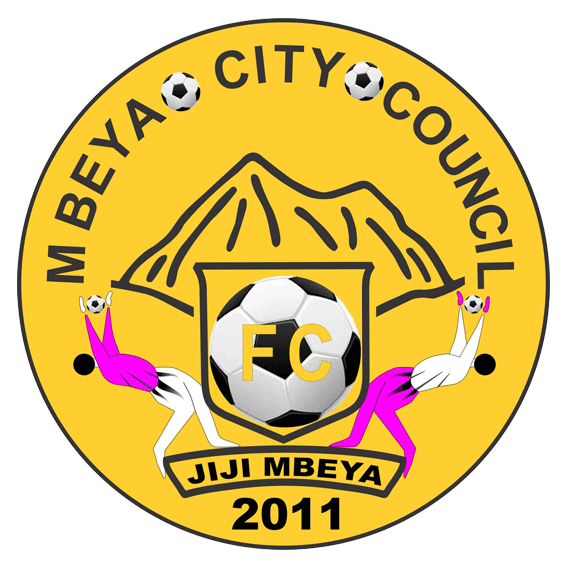
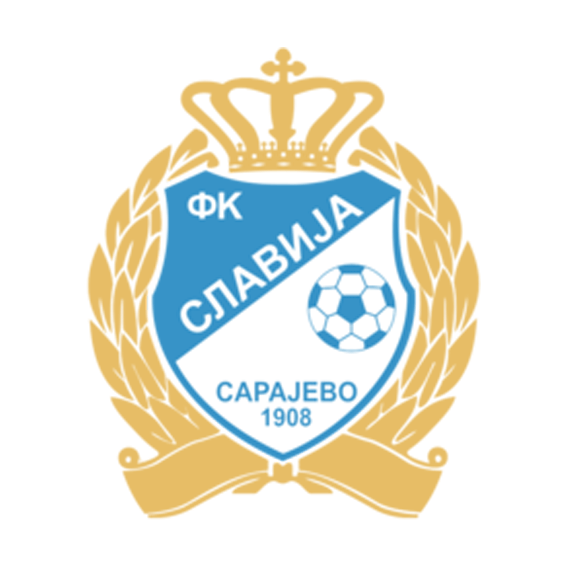


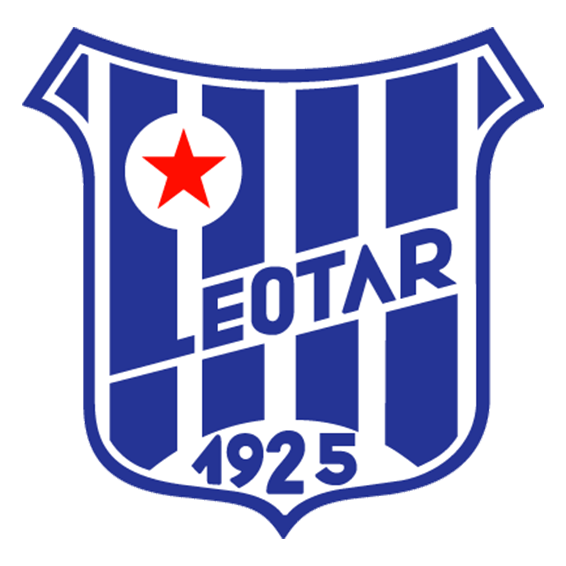
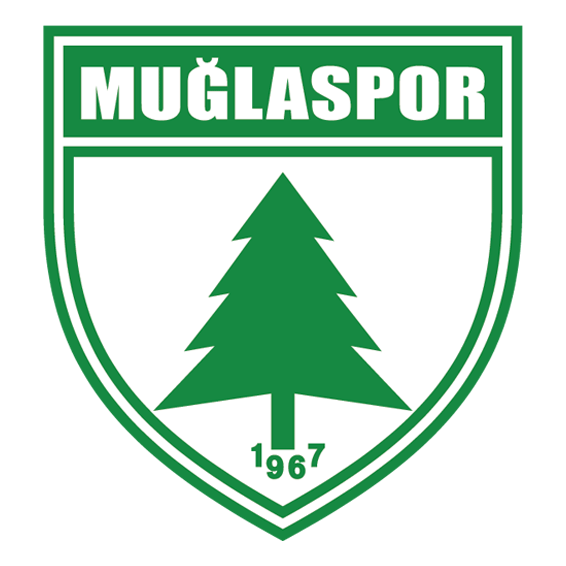
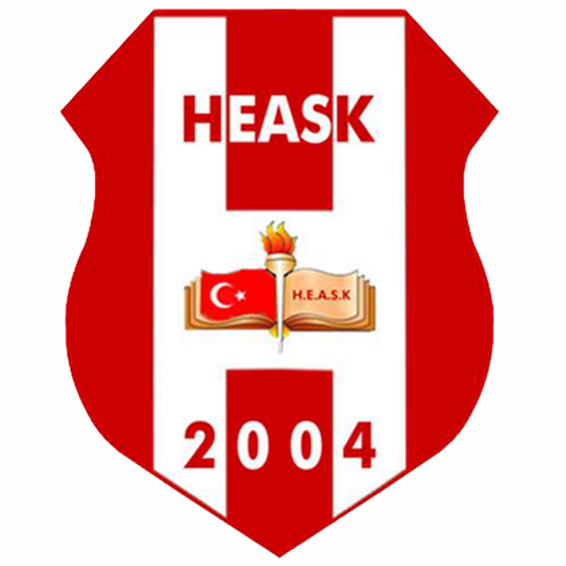
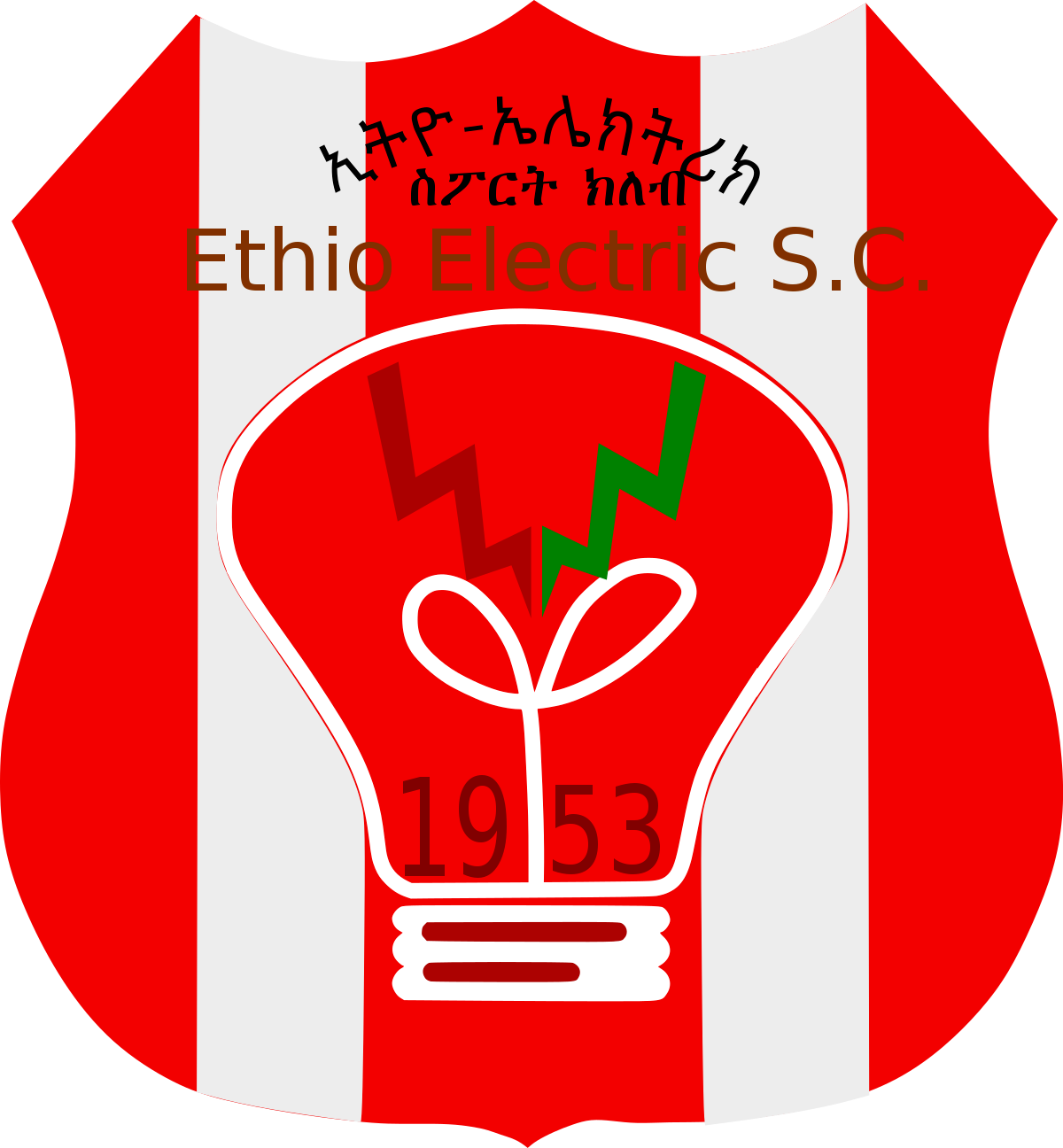
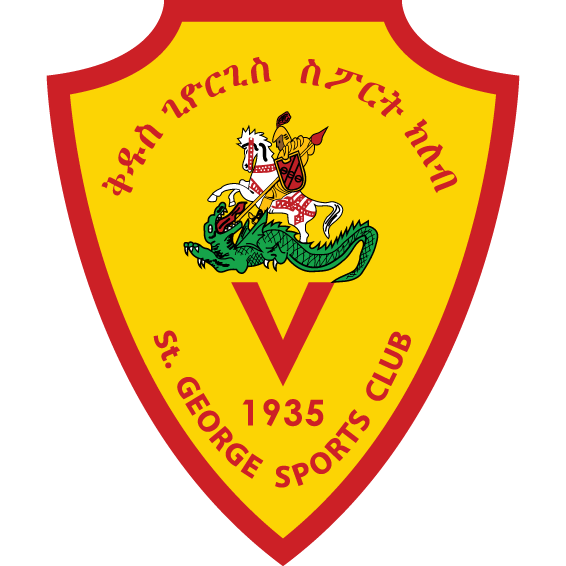
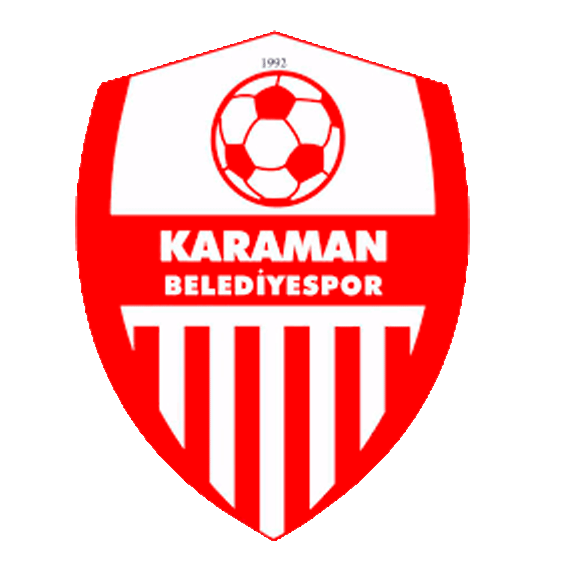
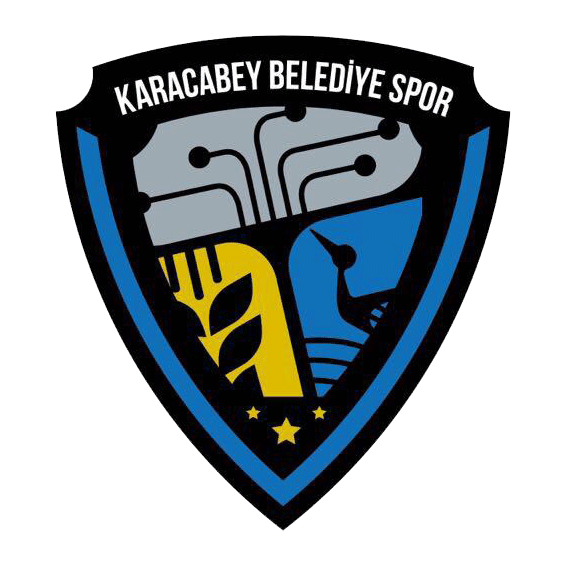























There are no comments yet. Be the first to comment!